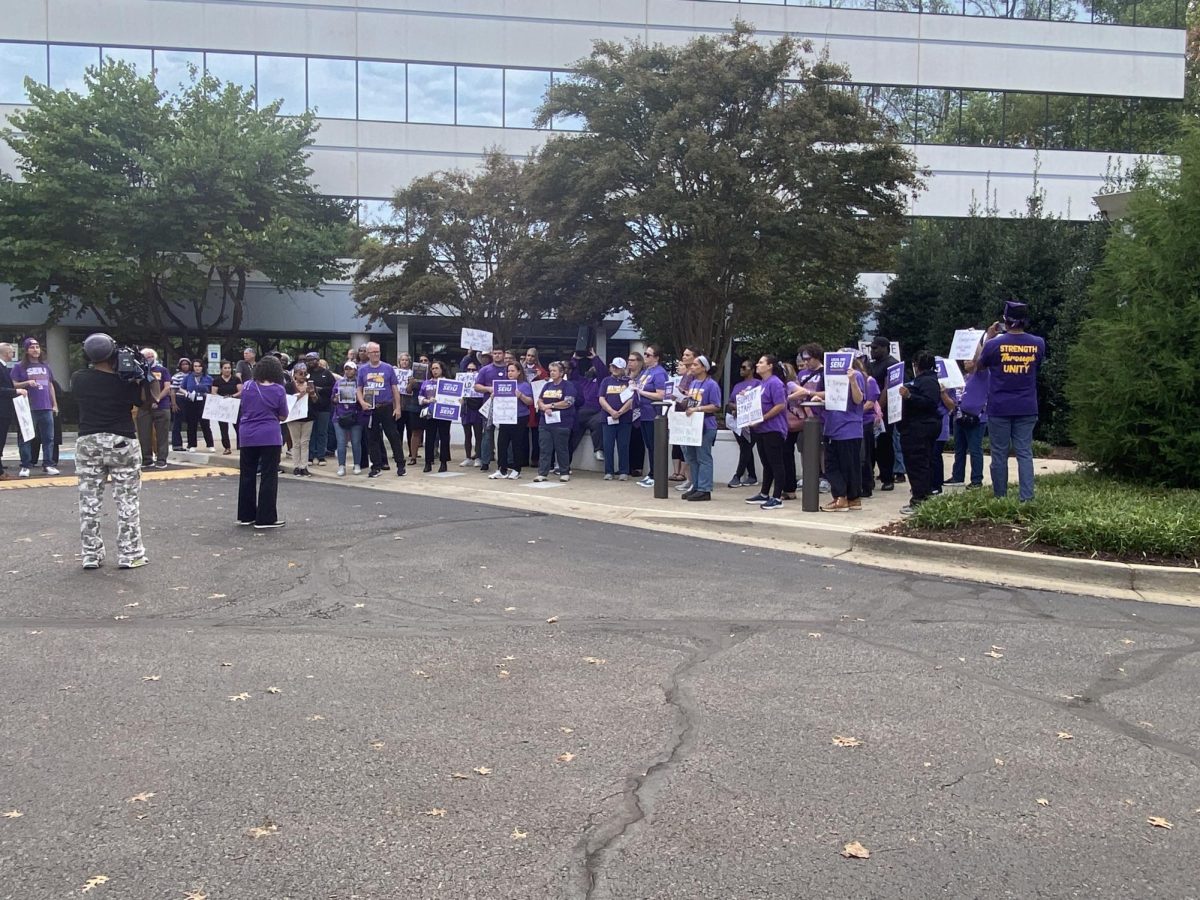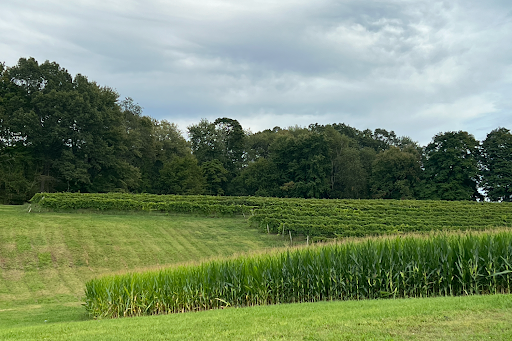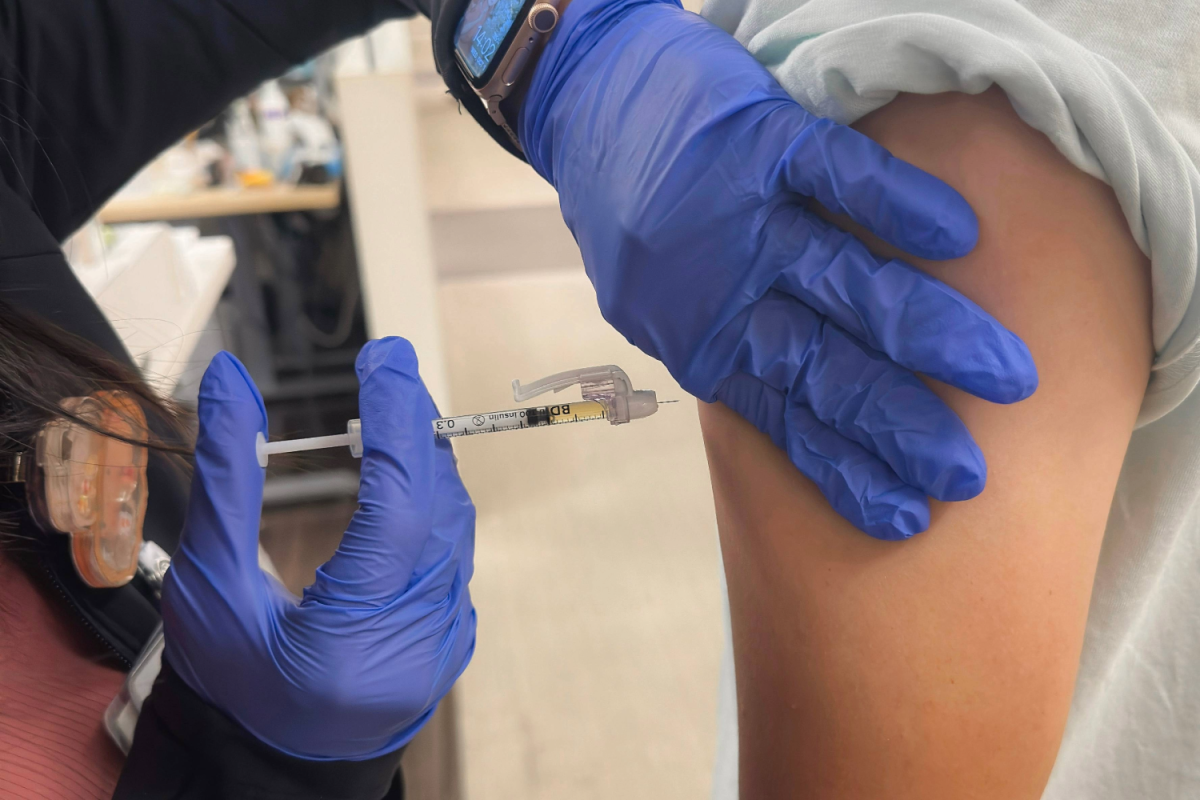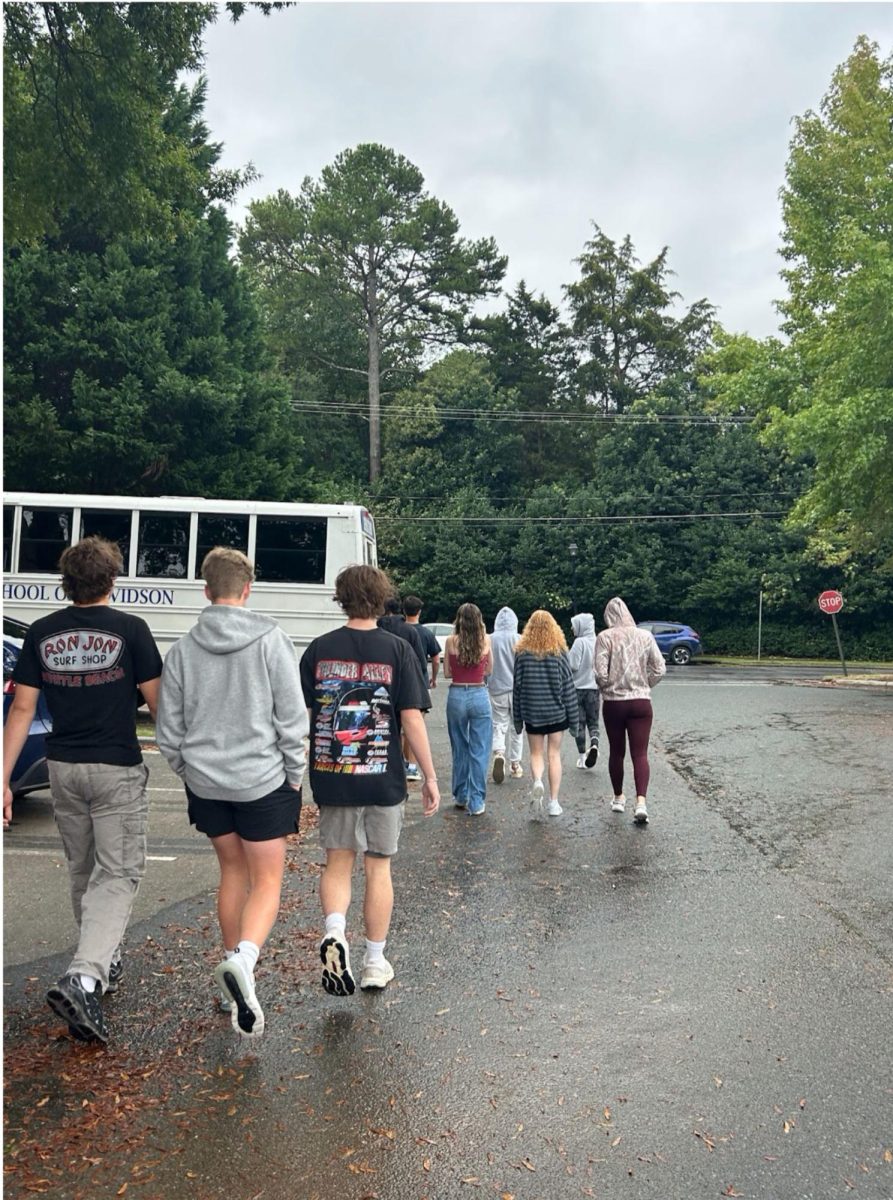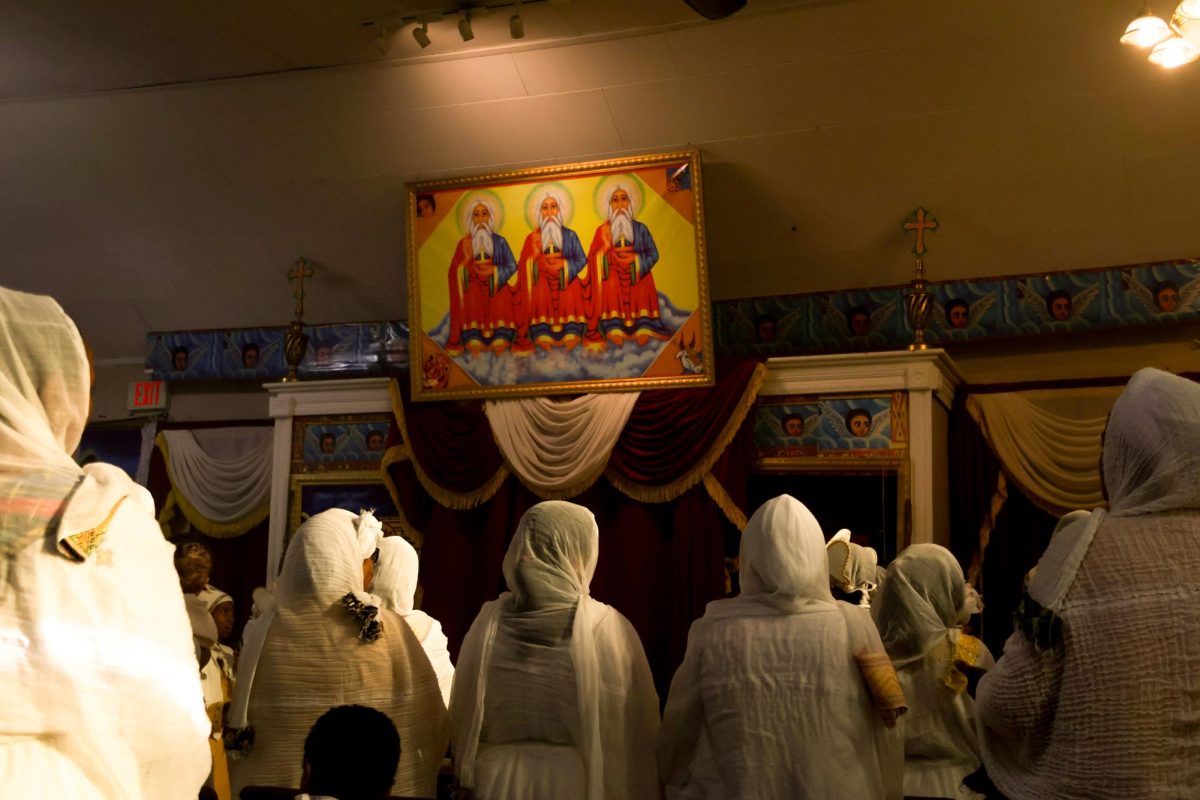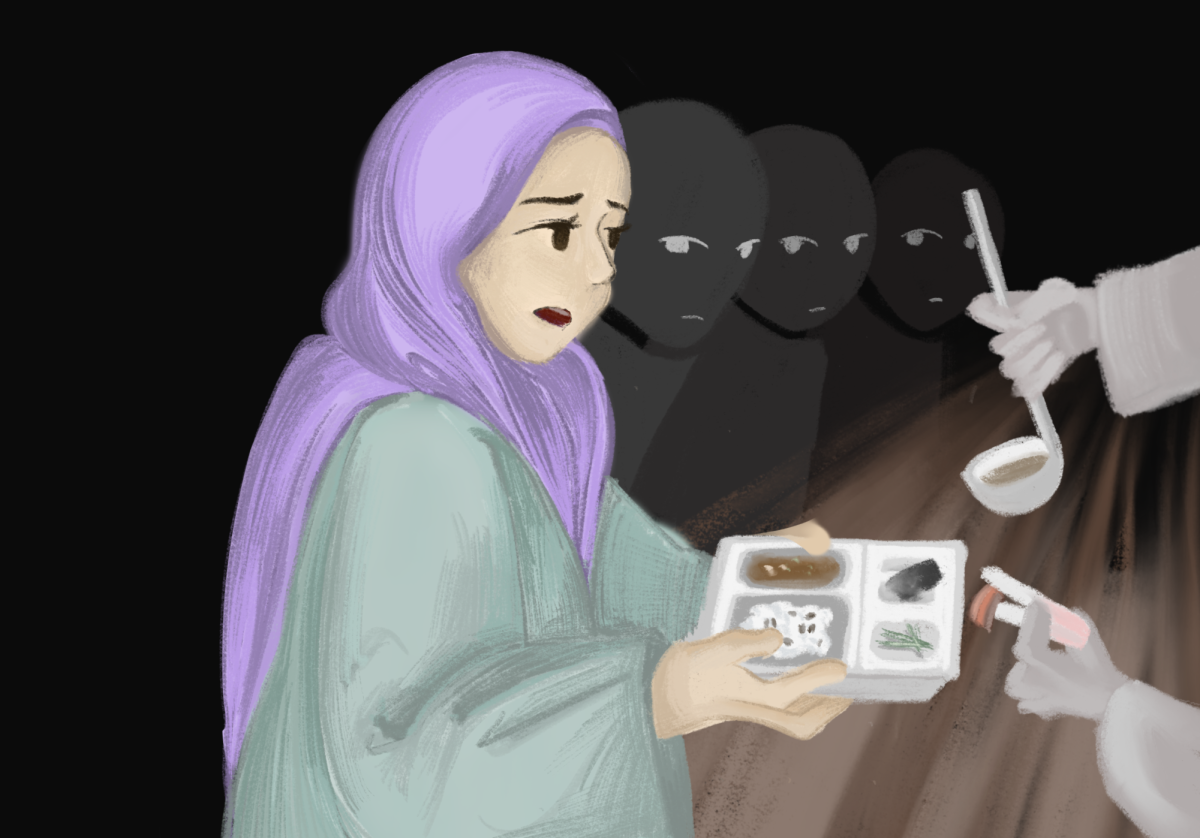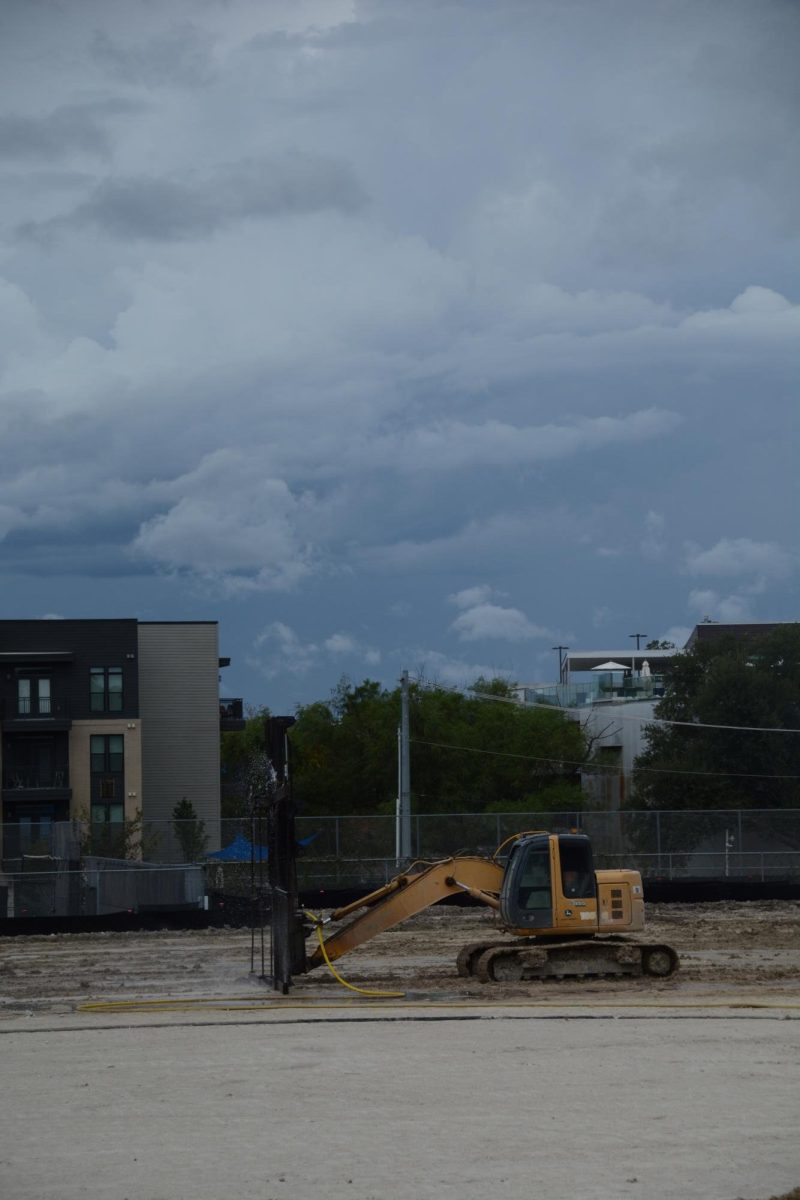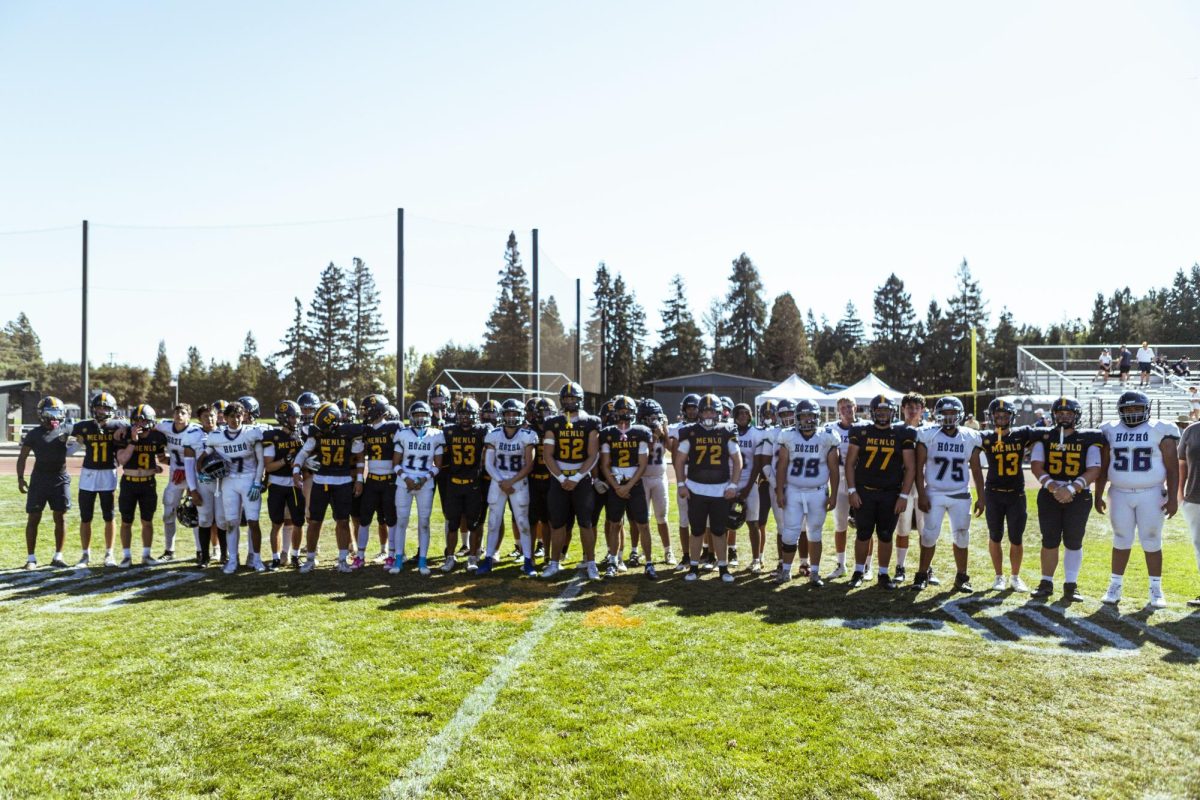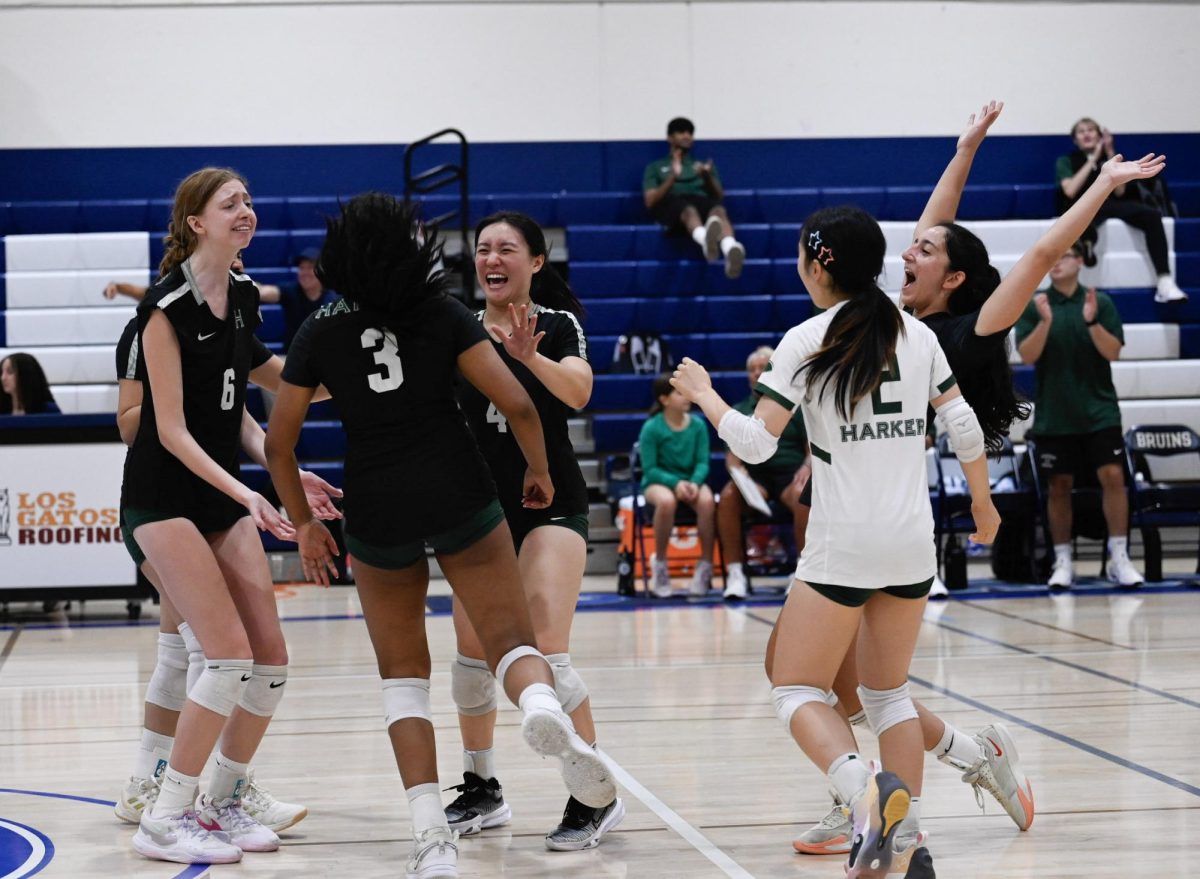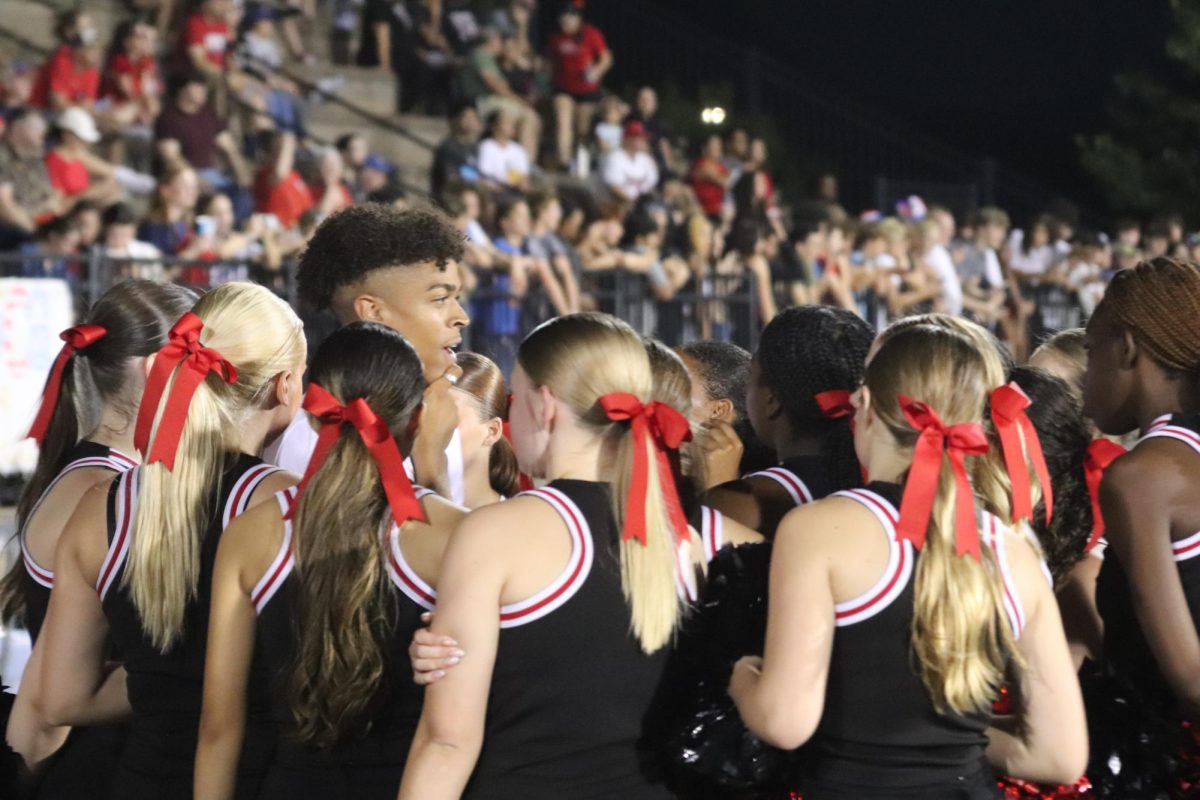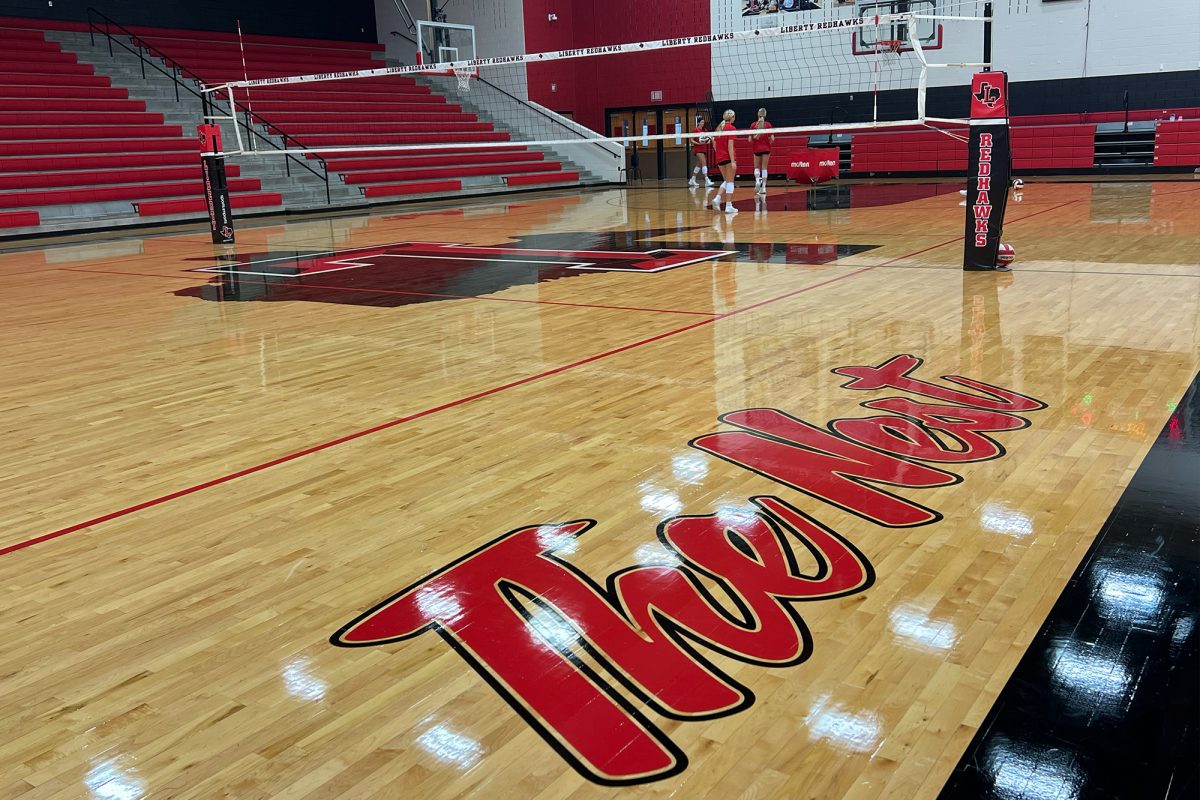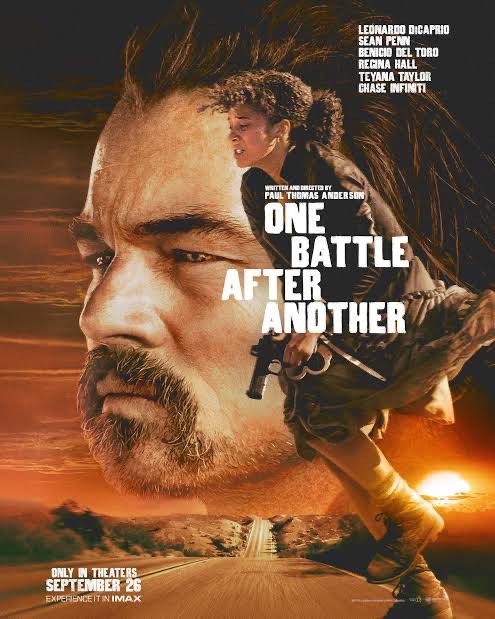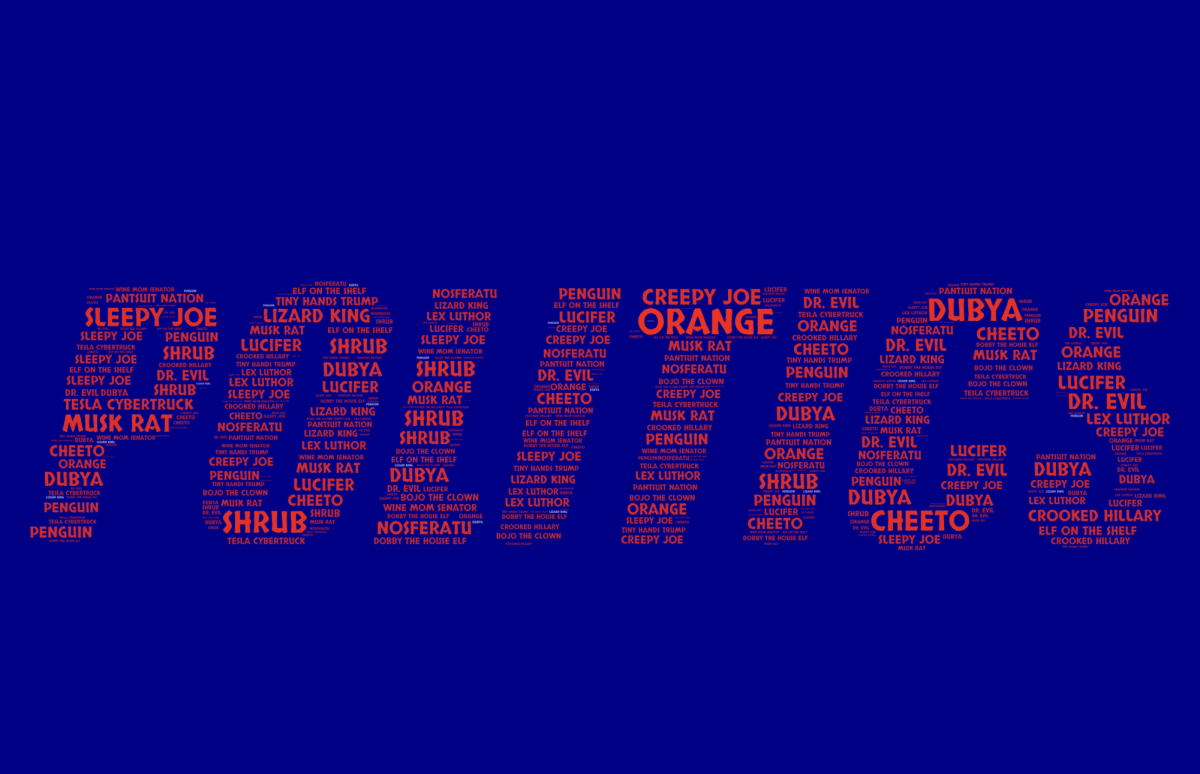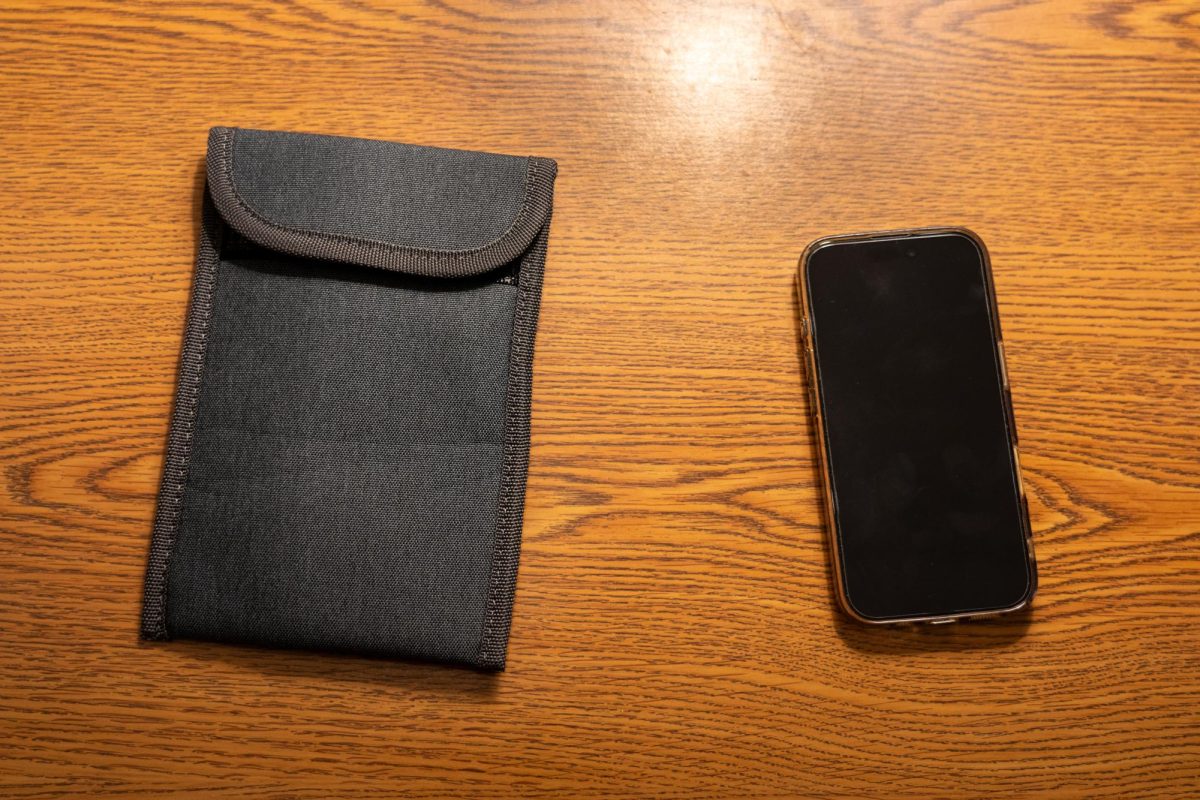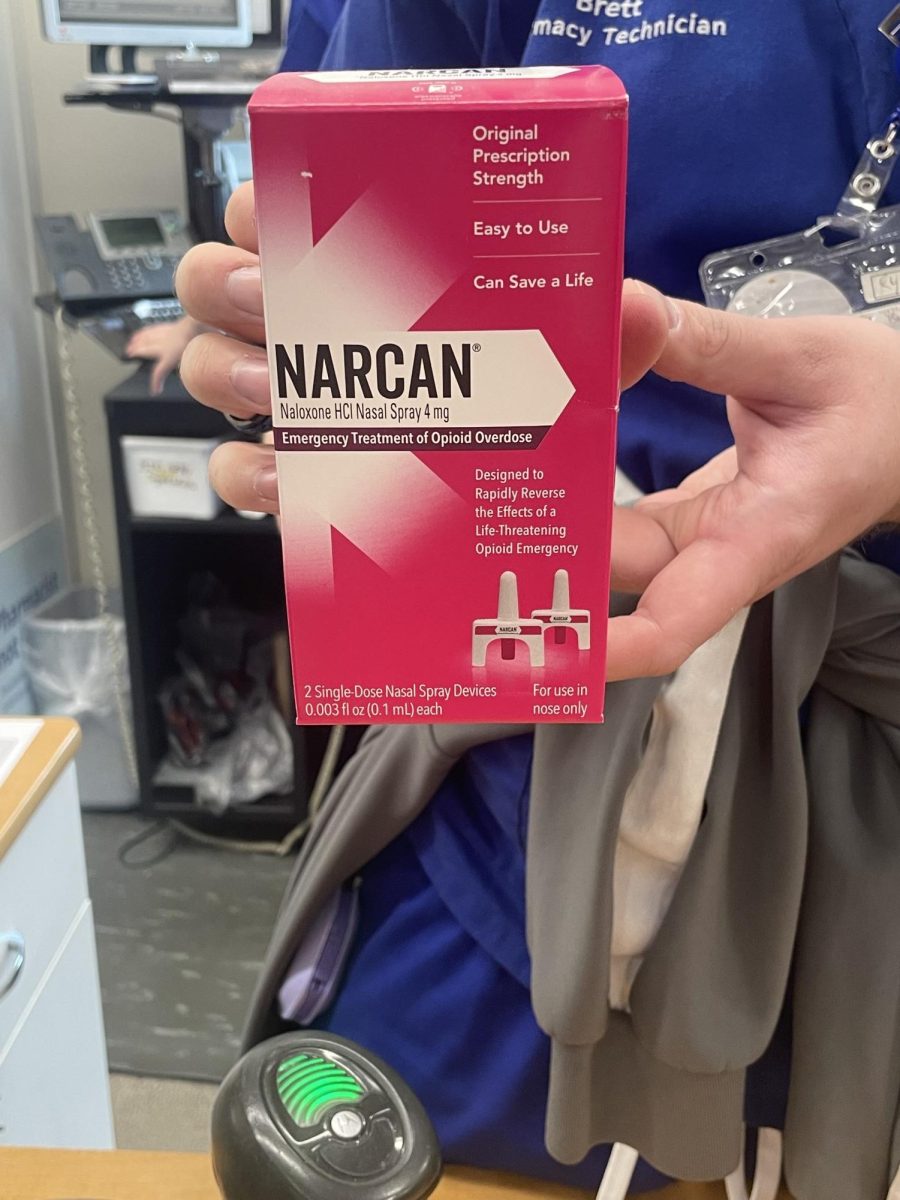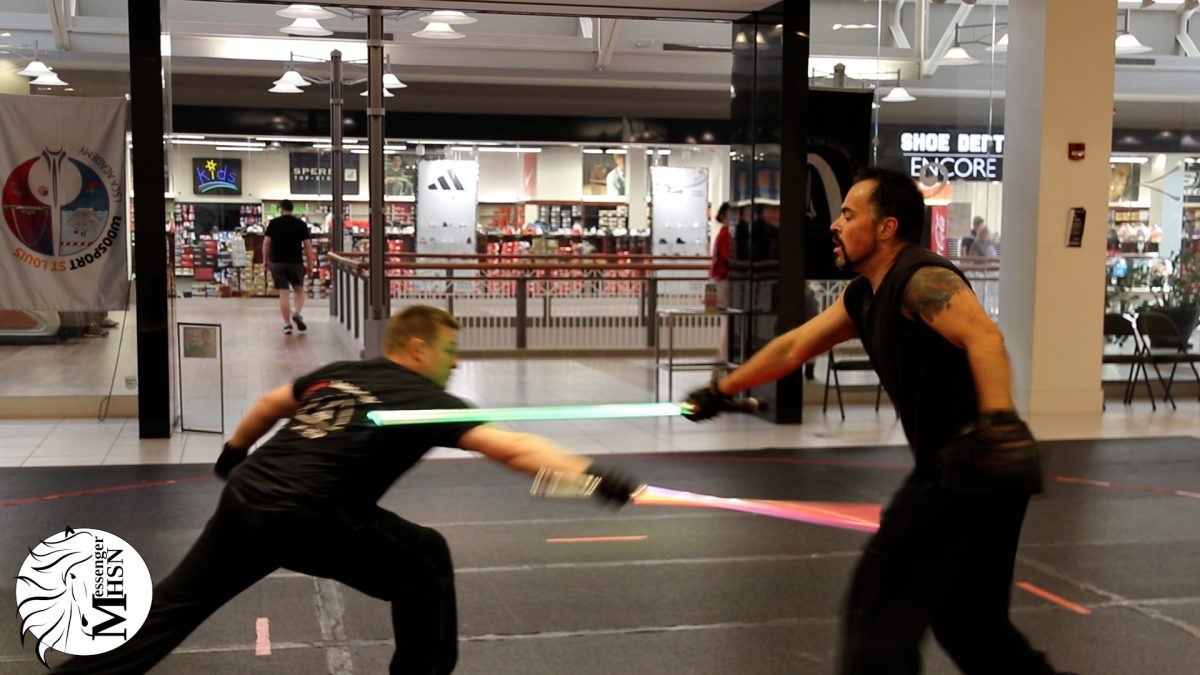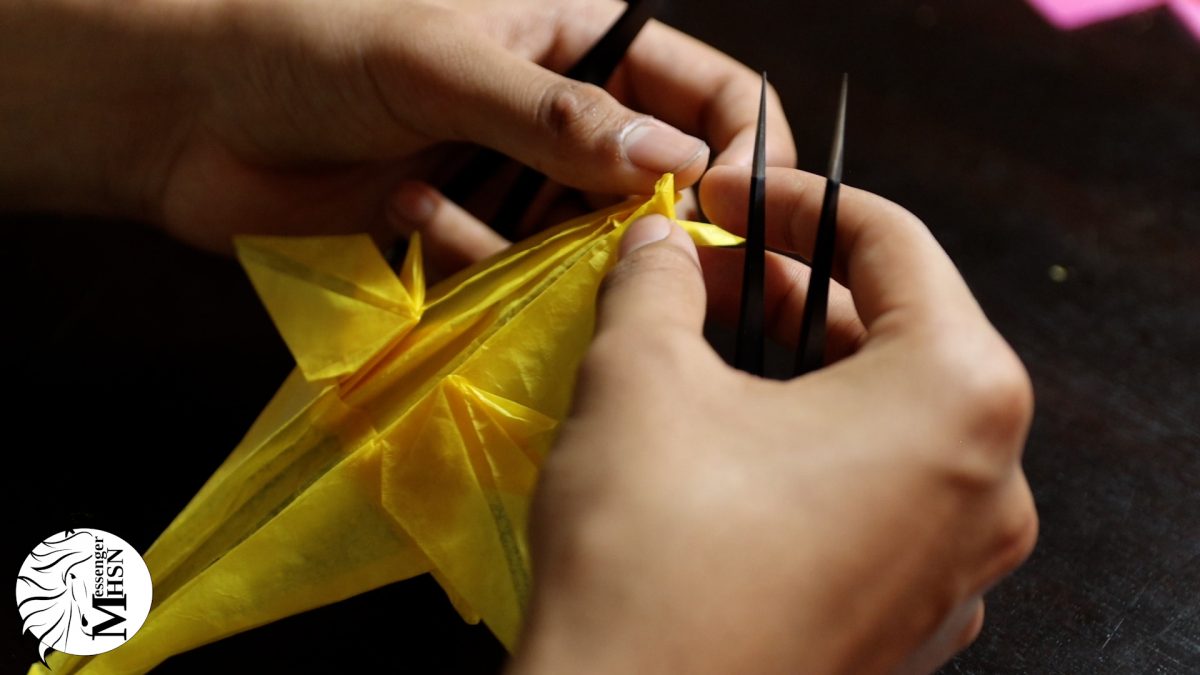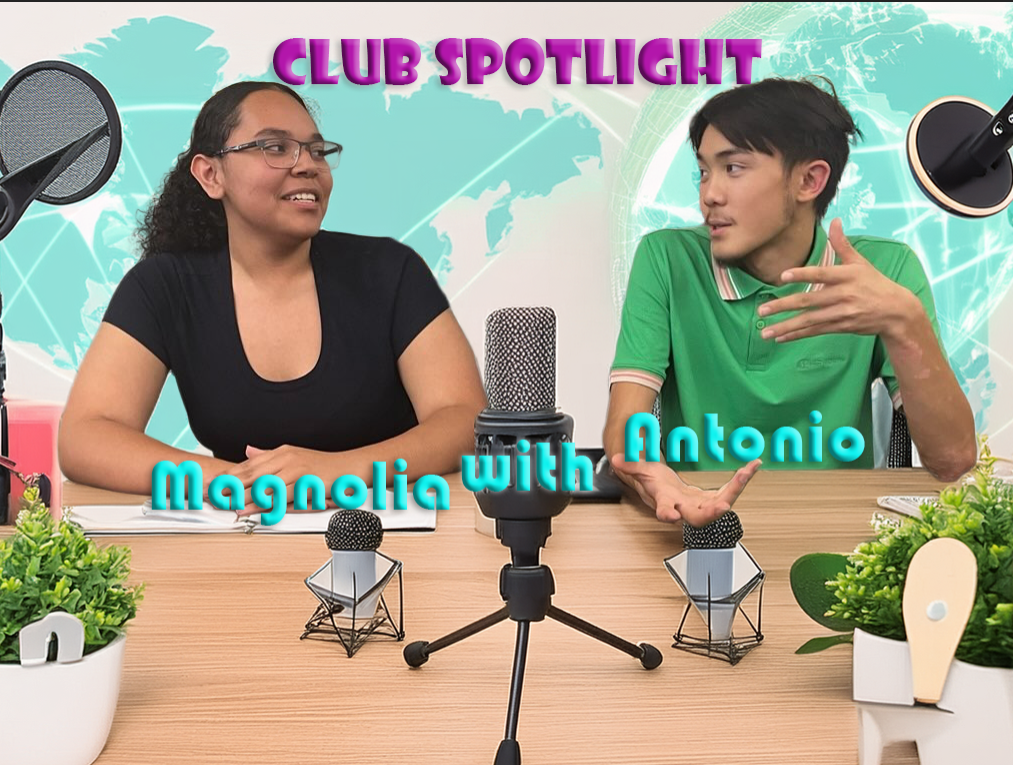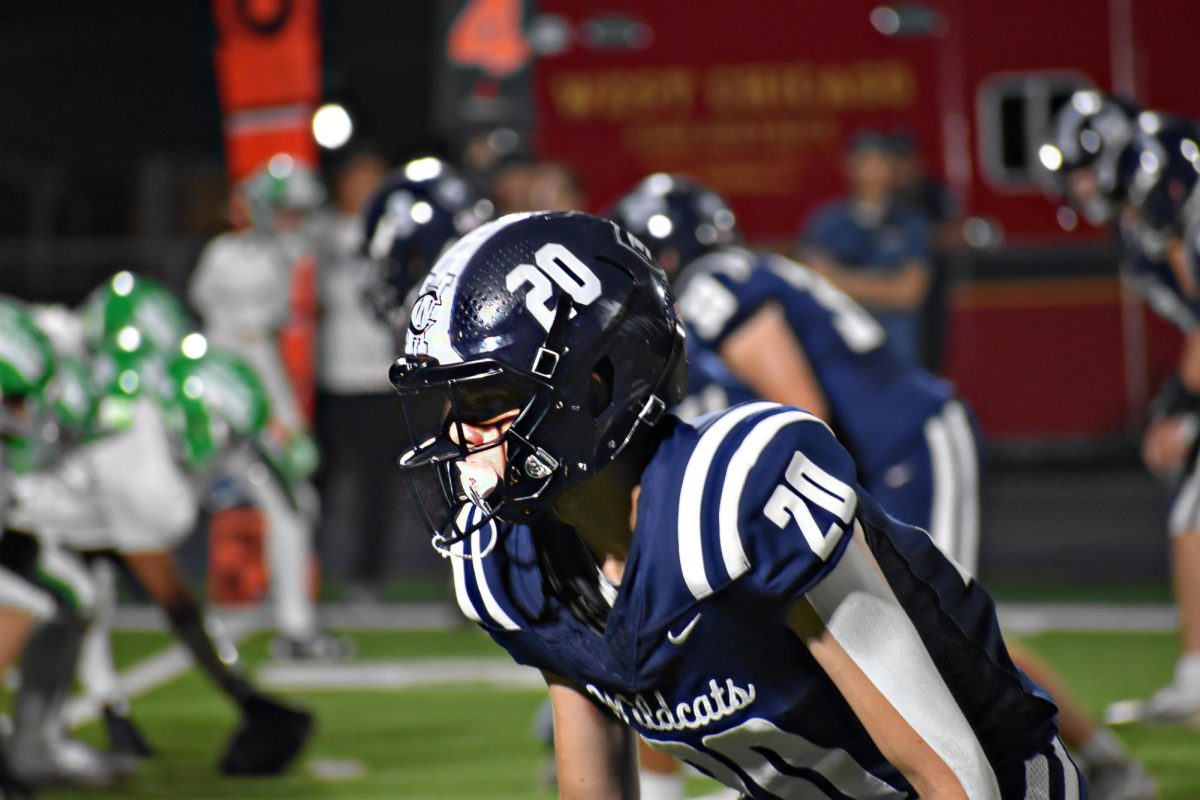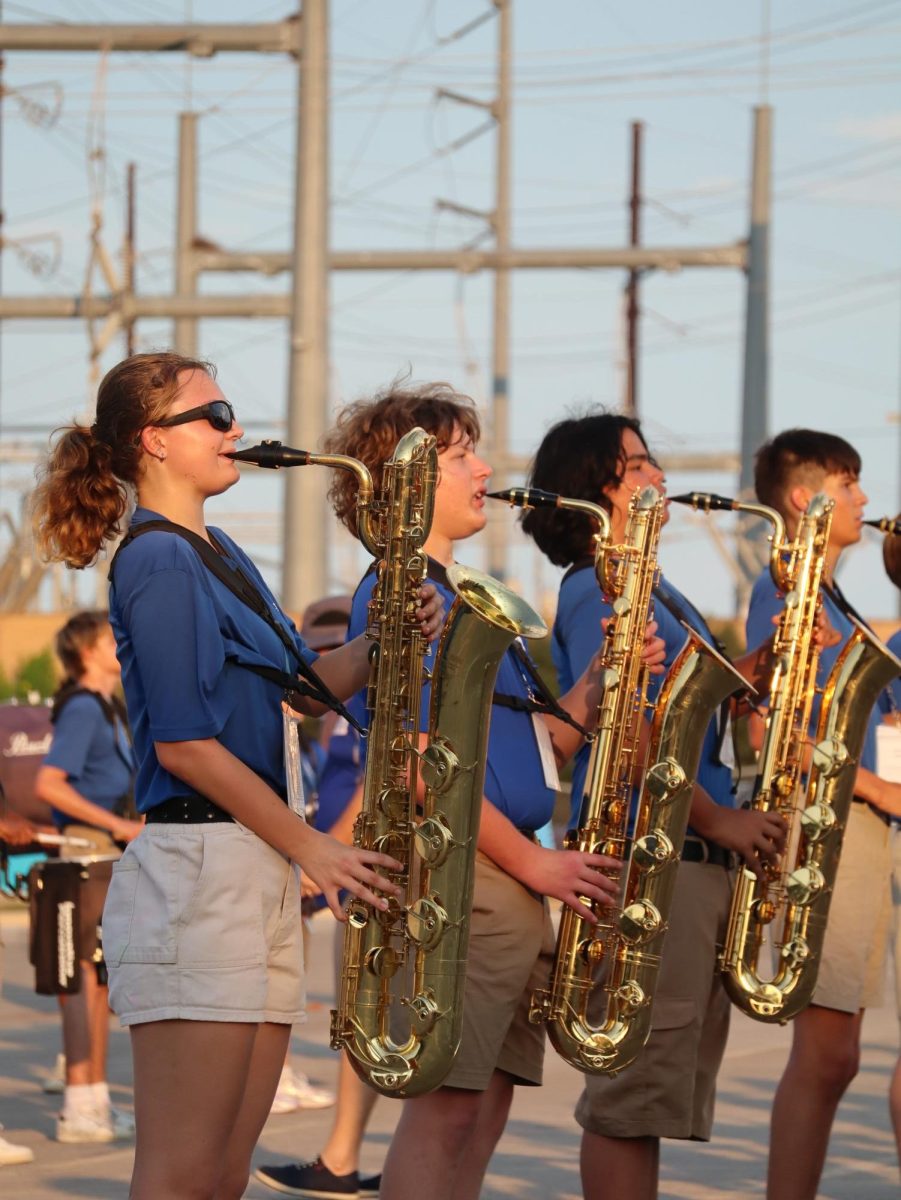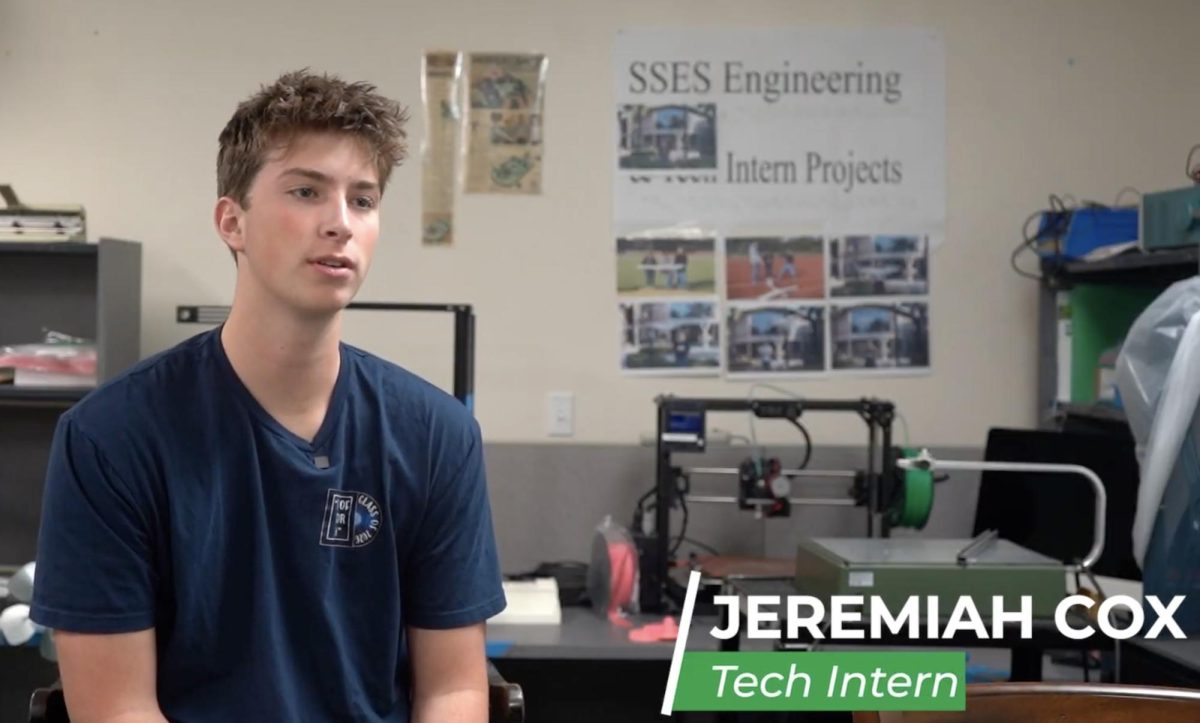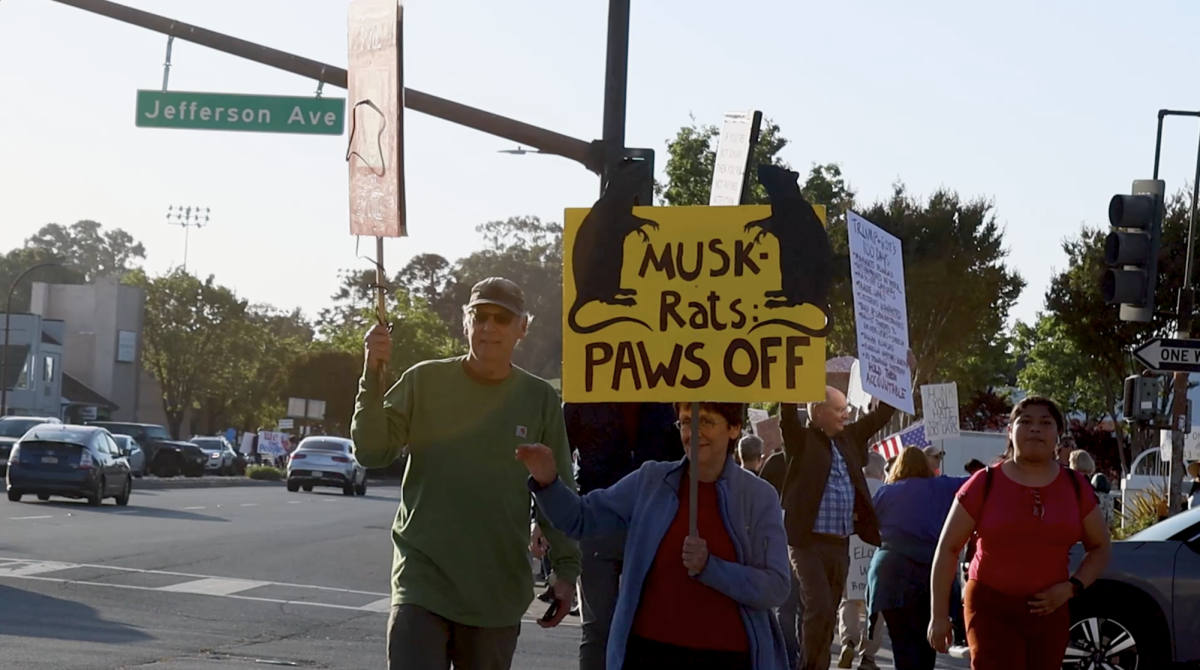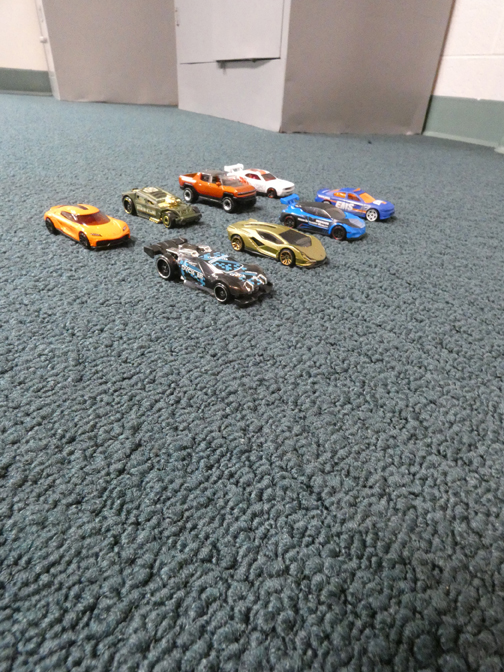Local drive-in theater remains despite streaming competition
Mikaela Pyatte
DRIVE-IN ENTERTAINMENT A drive in theater is all about sitting back in a car with friends and family and watching a movie on a big screen. Although drive-ins are on the decline, the COVID-19 pandemic brought many customers back.
January 5, 2023
Like a relic from a bygone era, most middle school students don’t know much about drive-in theaters. They may soon never have the chance to visit a drive-in due to housing developments, smaller families, and different ways of watching movies. Many drive-in theaters have closed forever.
Julie Potts is an intervention teacher at Sevier Middle School. She has fond memories of drive-ins.
“I went with my family,” she said. “It was a neat experience eating popcorn in the car and watching a movie outside.”
Drive-in theaters are built around cars. Families can drive into the outdoor theater and park their car. The theater shows a movie on a large outdoor screen so families can sit in their car and watch the movie.
Although most middle school students haven’t visited a drive-in theater, there are a few who have. Chloe Arnold is a seventh grade student at Sevier.
“I have visited a drive-in,” she said. “I enjoyed it. It was very fun.”
Drive-in theaters brought people together, kept traditions alive, and let families have a cheap, yet enjoyable time at the movies.
Danny Warden knows all about drive-in theaters. Together with his wife, he owns Twin City Drive-In in Bristol, Tennessee.
“There’s much more to it than just what it looks like on the surface,” he said. “When you come to the drive-in theater at night, there’s a lot of day work that goes with it: making sure the snack bar is stocked [for example]. It’s something that’s got to be done. It’stime consuming.”
Drive-ins also have to keep the grass mowed and the speakers checked. There’s all kinds of maintenance.
“The most enjoyable part, though, is the theater at night when customers are coming in,” Warden said.
Due to the loss of business, many drive-in theater owners have decided to close their theaters and sell them to make space for malls and buildings like hotels, apartments, and restaurants. Only three hundred are left in the entire US; seventeen of them are in Tennessee.
“My granddad had a skating rink in West Virginia,” Warden said. “They opened in around 1947 or 1948.”
From there, his grandfather opened a drive-in theater in 1950.
“They did really well when they opened,” Warden said. “And so dad, he moved down here and then ran the snack bar. I’ve been in a drive-in all my life, practically.”
According to Warden, drive-in theaters are very different from indoor theaters.
“You can come as you are,” he said. “People will bring their dogs but they’ve got to be on a leash. They’ve got much more freedom here. The kids can get out and kind of run around and stuff and we still have people who smoke.”
Most drive-in theaters also show double-features and are much cheaper than indoor theaters.
Despite these advantages, many drive-ins struggle to stay open.
“I think less and less people visit drive-ins because they tend to forget that they are a thing,” Arnold said.
The experience also isn’t always flawless.
“Sometimes it is hard to hear the movie if the sound system isn’t good,” Potts said.
The drive-in theaters that have survived had to get some serious upgrades.
“Going digital was challenging,” Warden said. “I wasn’t really computer friendly and it was a challenge for me.”
Movies used to be stored on 35 mm film. Now, Warden receives movies on hard drives and he has to download the hard drives.
The COVID-19 pandemic had a major impact on drive-in theaters, too.
“When COVID hit here, we had a big advantage,” Warden said. “We didn’t have to close down. We closed down one month, they made us, and then after that we got to reopen. So that was a big advantage for us.”
Of course, drive-ins are not out of the woods. Streaming platforms like Netflix and HBO Max make it easier and more convenient to watch movies. Warden is not worried about the competition.
“People just like to come to the drive-in movies; it doesn’t matter,” he said. “They get away from home, and they just get to get out and they get to entertain their kids. Usually the two features last at least four hours. So, it’s four hours of entertainment for a cheap price.”
The future of drive-in theaters is unclear.
Sevier student Josh Burton has enjoyed the drive-in experience but worries that they may not be around for long.
“I don’t [think they have a future] because too many people don’t go,” he said.
Arnold is more optimistic.
“I feel they will be very successful if they promote more and have better audio,” she said.
Warden agrees.
“I still see a future for drama and theater, unless something really drastic changes,” he said. “It’s like any other business. If you take care of it, it will take care of you.”
This story was originally published on The Sequoyah Scribe on December 7, 2022.

